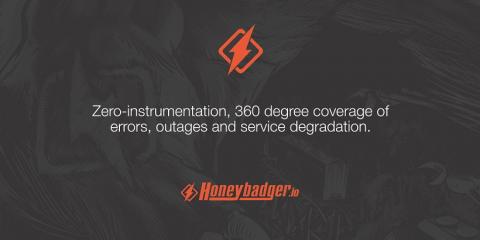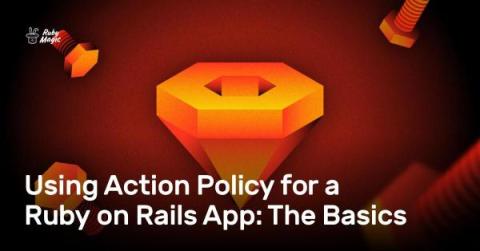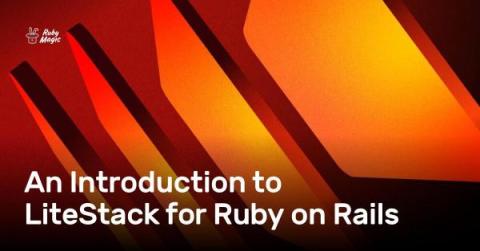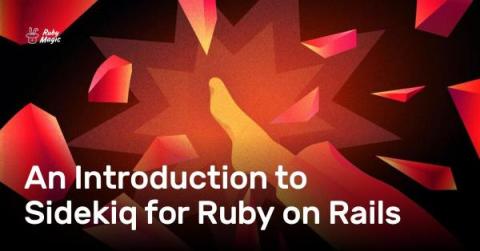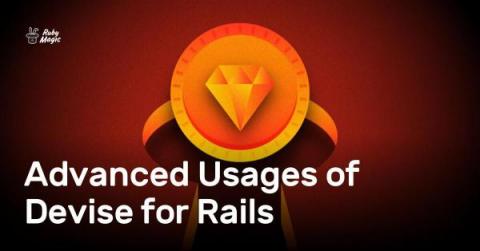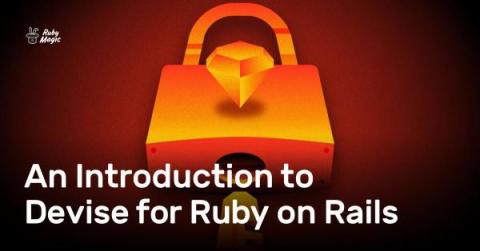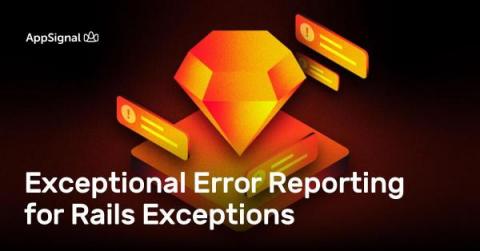Systems | Development | Analytics | API | Testing
Rails
Using Action Policy for a Ruby on Rails App: The Basics
To keep your app secure, you need to control who and what can access it. Access control can be categorized into authentication — "who" to allow — and authorization — "what" they can access. Authentication is a subject for another day, but when it comes to user authorization, you generally have two ways to go about it: using a role-based or resource-based strategy. In this two-part series, we'll take a deep dive into using the Action Policy gem for a Ruby on Rails blog application.
An Introduction to LiteStack for Ruby on Rails
In this series of posts, we will look at LiteStack, a one-stop-shop solution that hosts and processes all your production data on a single machine. LiteStack (as the name suggests) makes use of SQLite to provide: In this first post, we'll introduce the basics of LiteStack and set up an example Rails application. Let's begin!
An Introduction to Sidekiq for Ruby on Rails
Sidekiq allows Ruby developers to maintain fast and responsive web applications by moving time-consuming tasks into the background. With multithreading at its core, Sidekiq can process many jobs at once. This makes Sidekiq an important part of Ruby or Rails applications that handle heavy loads or perform tasks like sending emails or processing files.
How the Rails params hash works
Uncover the inner workings of Ruby on Rails with our dive into the Params hash—an essential component for handling HTTP requests. From query params to avoiding injection, this article will elevate your understanding of Rails, providing you with the tools to create more secure and efficient web applications.
Advanced Usages of Devise for Rails
In part one of this series, we introduced Devise using an example app to explore modules, helpers, views, controllers, and routes. In this part, we'll explore more advanced usages of Devise, specifically the use of OmniAuth, API authentication, and Authtrail. Let's dive straight in!
An Introduction to Devise for Ruby on Rails
With over 20,000 GitHub stars and lots of integrations, the Devise gem is one of the most popular gems in the Ruby landscape. So why would we term it one of Ruby's "hidden" gems? Well, as popular as it is, most developers only scratch the surface of the library's capabilities. In this two-part series, we'll take a deep dive into Devise. In this first part, we'll learn some of the basics, including: In part two, we'll look at more advanced usages of Devise, including: Let's get started!
How to use enum attributes in Ruby on Rails
Rails' date and time helpers are great. They save us from duplicating simple add-duration-to-time logic across our applications and make the code more readable. However, complex date manipulations are dangerous places full of edge-cases. This article discusses some of them.
Exceptional Error Reporting for Rails Exceptions
If you want insights into your application's exceptions but don't have time to invest in adding verbose logic to your code, we've got some exceptional news: The AppSignal for Ruby gem 3.4.1 now supports the Rails error reporter! With this change, you can simplify your AppSignal integration, streamline your code and begin reporting errors on the fly without raising an error page and interrupting your user's flow.
Intro to Propshaft: A new asset pipeline for Rails
Explore the future of asset pipelines in Rails with Propshaft! Discover how this cutting-edge technology enhances the management and delivery of assets while simplifying your development workflow.


